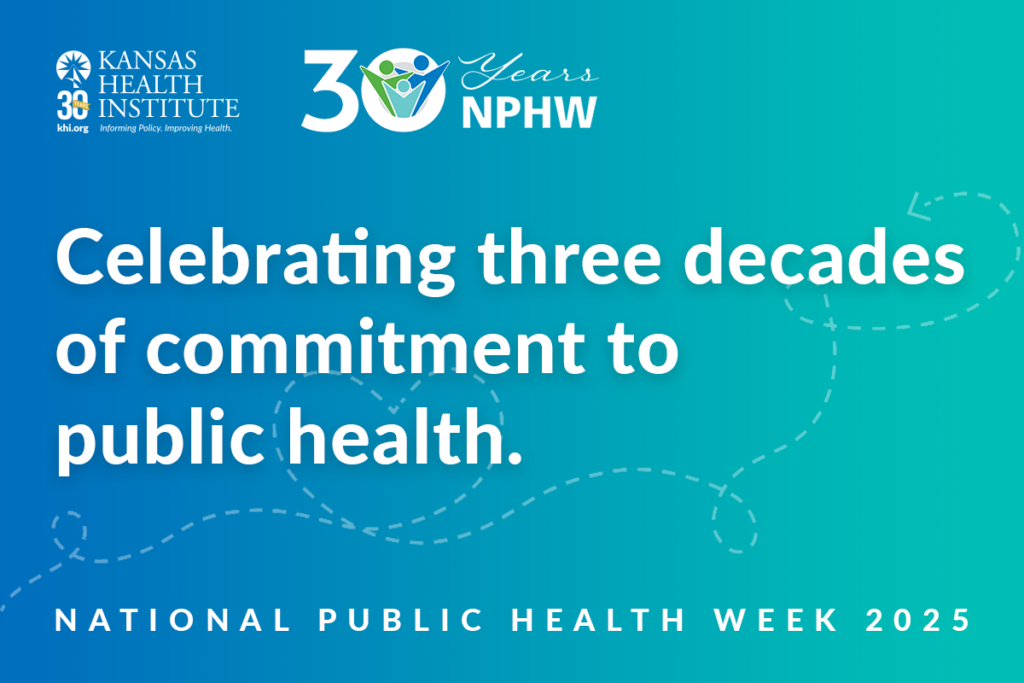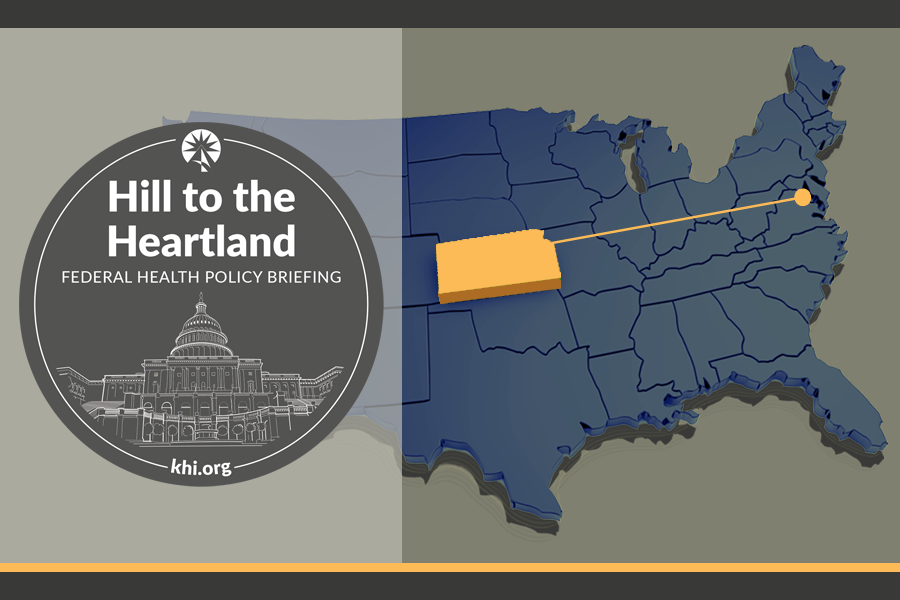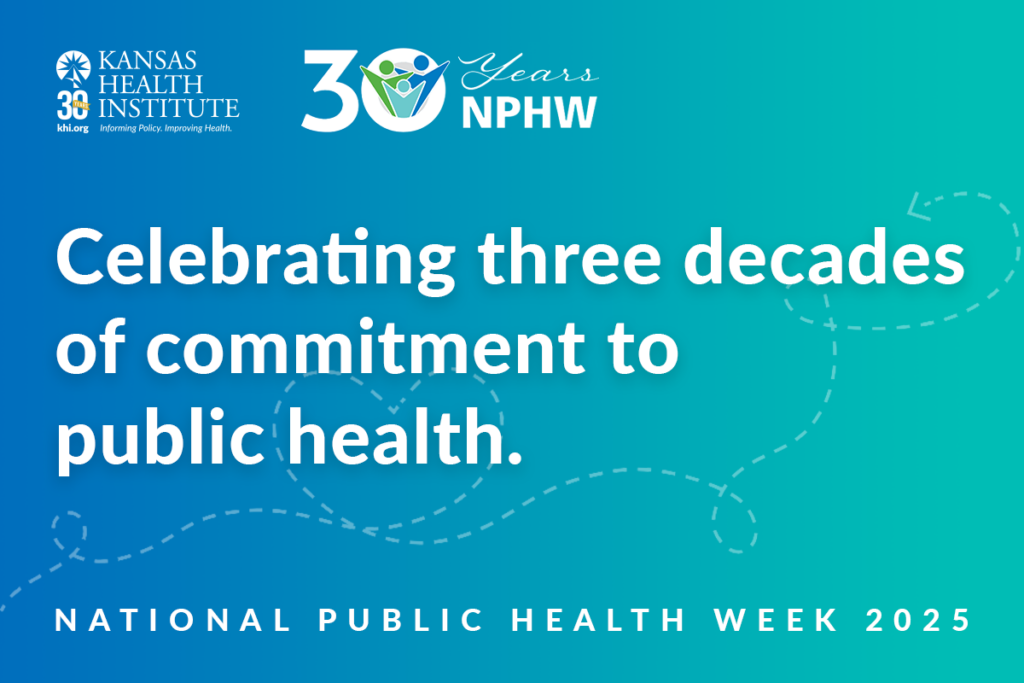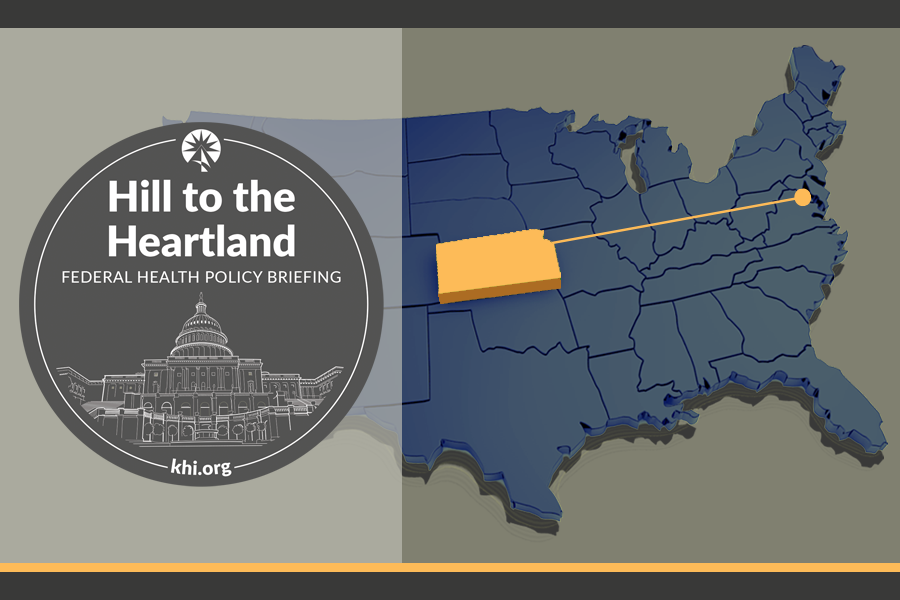## Kansas Health in Focus: What’s Trending Now? 🏥 👀
Hold onto your hats, health enthusiasts! April 18th, 2025, brings a fresh wave of insights from the Kansas Health Institute. They’ve been busy tracking the pulse of health trends in the Sunflower State, and we’re breaking down the hottest topics you need to know.

Policy Analysis and Implications

As Instachronicles continues to monitor the evolving health care landscape in Kansas, it is essential to examine the impact of state and federal policy on health insurance coverage. Recent developments have significant implications for uninsured populations, and understanding these changes is crucial for improving health care access.

State and Federal Policy Impact on Health Insurance Coverage
The U.S. Department of Health and Human Services’ announcement to review federal guidance on fluoride in drinking water and conduct a study to identify causes of autism spectrum disorder has far-reaching implications for health care policy. At the state level, Kansas Health Institute’s (KHI) analysis of health insurance coverage reveals that understanding the trends in insurance coverage is critical to health policy in our state.
KHI’s examination of health insurance coverage in Kansas includes an analysis of who has insurance, how insurance is changing, and how state and federal policy affect health insurance coverage. The Affordable Care Act (ACA) Health Insurance Marketplace is a vital component of this analysis, as it provides insight into the functionality of the marketplace and its impact on health insurance coverage.

Analysis of Policy Changes and Their Effects
Instachronicles’ analysis of policy changes reveals that the uninsured rate in Kansas has remained relatively stable, with approximately 8.5% of the population lacking health insurance. However, this figure masks significant disparities in insurance coverage across different demographics and geographic regions. For instance, rural areas have higher uninsured rates compared to urban areas, with 10.3% of rural residents lacking health insurance.
Further analysis reveals that certain populations are more likely to be uninsured, including young adults (18-24 years old), low-income individuals, and those with lower educational attainment. These findings have significant implications for policy makers, as they highlight the need for targeted interventions to address these disparities.

Potential Consequences for Uninsured Populations
The lack of health insurance can have severe consequences for individuals, including delayed or foregone medical care, increased medical debt, and poor health outcomes. Instachronicles’ analysis suggests that uninsured populations in Kansas are more likely to experience these negative consequences, particularly in rural areas where access to health care services is limited.
In addition, the lack of health insurance can have broader societal implications, including increased health care costs, reduced productivity, and decreased economic growth. Therefore, it is essential to address the disparities in health insurance coverage to mitigate these consequences.

Opportunities for Improved Health Care Access
Despite the challenges posed by policy changes and disparities in health insurance coverage, there are opportunities for improved health care access in Kansas. Instachronicles’ analysis suggests that targeted interventions, such as Medicaid expansion and increased funding for community health centers, can help address the disparities in health insurance coverage.
Furthermore, the development of innovative health care delivery models, such as telemedicine and community-based care, can help increase access to health care services, particularly in rural areas. These models can help reduce health care costs, improve health outcomes, and enhance the overall quality of life for Kansans.

Practical Considerations and Next Steps
As Instachronicles continues to monitor the evolving health care landscape in Kansas, it is essential to provide practical guidance for individuals and families navigating the complex health insurance market.
Navigating Health Insurance Options in Kansas
Choosing the right health insurance plan can be a daunting task, particularly for individuals who are new to the health insurance market. Instachronicles’ analysis suggests that understanding insurance terminology and benefits is critical to making informed decisions.
Some tips for choosing the right plan include:
- Comparing plans based on premium costs, deductibles, and copays;
- Assessing the provider network and ensuring that primary care physicians and specialists are included;
- Evaluating the plan’s coverage of essential health benefits, such as maternity care and mental health services;
- Considering the plan’s maximum out-of-pocket costs and any additional fees.
- Premium: the monthly cost of the health insurance plan;
- Deductible: the amount of money an individual must pay out-of-pocket before the plan begins to cover medical expenses;
- Copay: a fixed amount paid for a specific medical service or prescription;
- Coinsurance: a percentage of medical expenses paid by the individual after meeting the deductible.
In addition, Kansas residents seeking health insurance can access resources such as the Kansas Insurance Department’s website, which provides information on health insurance options, premium rates, and plan comparisons.
Understanding Insurance Terminology and Benefits
Instachronicles’ analysis suggests that understanding insurance terminology and benefits is critical to making informed decisions. Some key terms to understand include:
By understanding these terms, individuals and families can make informed decisions about their health insurance options and ensure that they have access to necessary health care services.
Expert Insights and Recommendations
Instachronicles’ analysis of health insurance trends in Kansas reveals that expert insights and recommendations are essential for improving health insurance coverage in our state.
Expert Analysis of Kansas Health Insurance Trends
According to health care professionals and advocates, Kansas’ health insurance market is characterized by significant disparities in coverage, particularly in rural areas. These disparities have significant implications for health care access and outcomes.
One expert noted, “The lack of health insurance in rural areas is a significant concern, as it limits access to necessary health care services and exacerbates health disparities.”
Commentary from Health Care Professionals and Advocates
Health care professionals and advocates emphasized the need for policy makers to address the disparities in health insurance coverage, particularly in rural areas. One advocate noted, “Policy makers must prioritize the needs of rural communities, including increasing access to health care services and improving health insurance coverage.”
Recommendations for Improving Health Insurance Coverage in Kansas
Based on Instachronicles’ analysis and expert insights, several recommendations emerge for improving health insurance coverage in Kansas. These include:
- Implementing targeted interventions, such as Medicaid expansion and increased funding for community health centers;
- Developing innovative health care delivery models, such as telemedicine and community-based care;
- Increasing access to health insurance options, particularly in rural areas;
- Enhancing education and outreach efforts to inform individuals and families about health insurance options and benefits.
By implementing these recommendations, policy makers can improve health insurance coverage in Kansas, enhance health care access, and reduce health disparities.
Future Directions for Health Policy and Reform
Instachronicles’ analysis suggests that future directions for health policy and reform must prioritize addressing the disparities in health insurance coverage, particularly in rural areas. This requires a multifaceted approach that includes policy changes, innovative health care delivery models, and increased access to health insurance options.
As Kansas continues to navigate the evolving health care landscape, it is essential to prioritize the needs of its citizens, including improving health insurance coverage and enhancing health care access.
Conclusion
As we conclude our update on “What We’re Watching” from the Kansas Health Institute, it is clear that the healthcare landscape in the Sunflower State is undergoing significant transformations. The article highlighted the importance of monitoring key indicators, such as hospital capacity, COVID-19 cases, and vaccination rates, to better understand the evolving situation. Moreover, the analysis emphasized the need for policymakers and healthcare stakeholders to stay vigilant and adapt to emerging trends and challenges.
The significance of this topic cannot be overstated, as the ongoing pandemic continues to pose a threat to public health and the economy. The implications of inadequate preparedness and response mechanisms are far-reaching, with potential consequences for healthcare workers, patients, and communities. As we look to the future, it is crucial that we continue to prioritize data-driven decision-making, transparency, and collaboration to mitigate the risks and optimize healthcare outcomes.
As we move forward, it is imperative that we not only continue to monitor the metrics but also work towards a more sustainable and equitable healthcare system. By doing so, we can ensure that the people of Kansas receive the high-quality care they deserve, and that the healthcare workforce is empowered to deliver exceptional services. As we navigate this complex and ever-changing landscape, let us remain committed to the pursuit of health, hope, and healing for all.